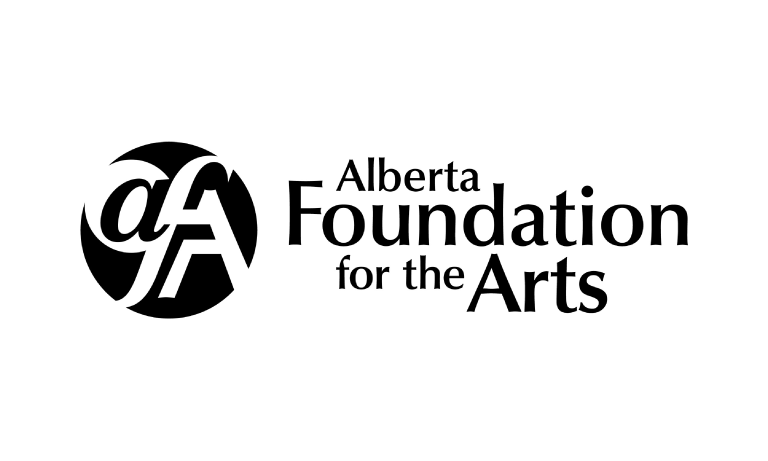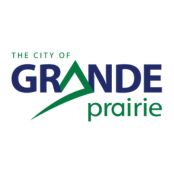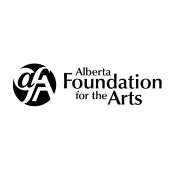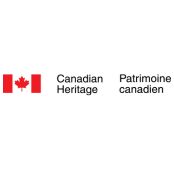In the Wild
In the Wild
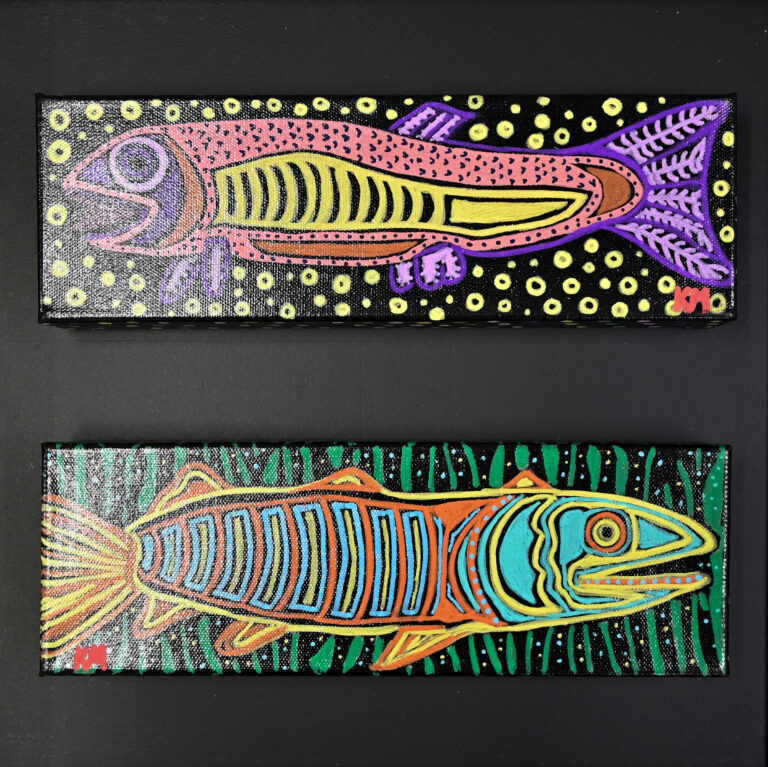
The artwork in In the Wild connects viewers with the animals and are draws them in to their calm and quiet space of living. In Shelli Nixon’s paintings you are taken into the wild, to the Rocky Mountains, where eagles soars overhead and bear graze. Her pieces connect us to nature, bringing us back to our roots, settling the soul. In Shelli’s statement she writes, “I was once told to create what was inside me. As I explored, I realized the soft and quiet things that lived there, that through the curtain of my chaotic, anxious thoughts there rested calm. Where mist and stars cradle mountain peaks, a golden field glows under lazy prairie clouds, or animals cast glances in whirls of acrylic from my brushes.”
Then there are Alex Friesen and Mimi Zhang-Mackie who both created delicate watercolour paintings of familiar household and farm animals we can all relate to. A splash of vibrancy and pattern from Katerine Moes folk-art style of paintings give a whimsical addition to the exhibition. As humans we know that animals give off shared emotions whether it is fear, joy, pain or affection. When we witness these emotions, or when they comfort us in ours, it creates a sense of empathy and shared experience with us and the animal.
Curated by Jamie-Lee Cormier, Curator/Manager of Travelling Exhibitions Northwest
Featured Image : Katherine Moe, Pink, Yellow Fish | Orange, Blue Fish, Acrylic, Paint Pen on Canvas, 2024
Featured Artists
Alex Friesen
Familiar scenes, personalities or memories emerge from black scribbled sketches set loose with puddles of water or whimsical sweeps of watercolor.
I primarily work on paper dyed with tea. This creates a feeling of “memory”. It also helps me not be too precious about messing up a blank piece of paper.
Working from photos of grandparents homesteads, abandoned buildings that tell a story in their weathered architecture, sentimental childhood homes or even just scenes from the glorious mundane of motherhood and everyday life, my goal is to extract the nostalgia and capture and preserve it.
Creating heals me, and I want that extended to those that view my work as well.
Katherine Moe
This collection of artworks is a display of vibrant colours and whimsical patterned animals on canvas. The work involves a collection of freehand and stencilled designs on a black canvas using Posca Pens. These pens in a variety of colours are excellent for mark making and layering hues. The canvas has deep edges and lends the design to be carried from the front to the top and bottom and sides of the support. The small size of the canvas creates an intimacy with the viewer and provides a portable artwork that may be hung on the wall or placed on a table or shelf.
I was inspired to create these artworks following a recent trip to a Mexican Market, I was drawn to the intricate, colourful patterns of the Mexican artwork on their pottery and textiles. Upon returning home I researched the Alebrijes. They are brightly coloured Mexican folk art sculptures, depicting animals, people and objects and imaginary creatures. I liked how the patterns were part of the animal’s bodies and began to do my own 2D versions.
My intention with these pieces was to bring a smile or create feeling of friendship when I gifted them to my friends. After making a few pieces, I found it to be a relaxing form of doodling and went on to make several more. Now I try to portray the characteristics of a personal pet, as in fur colour or number of toes, length of tail or ears. Next, I may stretch my imagination and combine animals to make fantastical creatures as done in the original alebrijes.
Mimi Zhang-Mackie
Mimi Zhang-Mackie is a Watercolourist in the Peace country area. She grew up in Jinan, Shandong province of China.
Mimi’s creative journey began at a young age with pencil drawing and gouache painting through private lessons and tutors, which she mastered to meet the requirements of art school.
She continued to refine her skills in these mediums throughout
Her academic years, while also exploring acrylic, oil, watercolour and Chinese artwork calligraphy.
After moving to Canadian 1999, Mimi focused primarily on Watercolour and became an active member of the art community, join the Federation of Canadian Artists, Peace Watercolour Society and the Beaverlodge Art Club.
Mimi has had her work featured in Federation Art Gallery in Vancouver. SDAG Art Gallery (Gallery 1710) in Delta BC. Dawson Creek Gallery in BC. Peace Gallery North in FSJ, Fairview Fine Art Gallery and Beaverlodge Cultural Centre.
Shelli Nixon
I was once told to create what was inside me. As I explored I realized the soft and quiet things that lived there, that through the curtain of my chaotic, anxious thoughts there rested calm. Where mist and stars cradle mountain peaks, a golden field glows under lazy prairie clouds, or animals cast glances in whorls of acrylic from my brushes. A tactile need for yarn fibres tufted in the floral forms of my grandmother’s beading. My mind thinks in sharp points and edges, but my heart creates in softness and memories of things both real and imagined, I was told to create what is inside me and it turns out, peace lives there.




